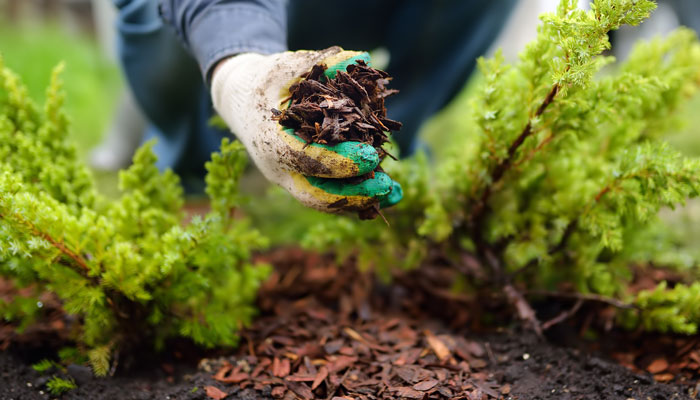The Plant Rebate Program offers rebates to residents who purchase perennial Zone 1-3 plants listed on the Qualifying Plants List (pdf) . A rebate of 50 percent of the cost of the plant(s), to a maximum of $50, is applied to your utility account. You are eligible to apply for the rebate once per property every year, no matter the rebate amount. If you have applied for the rebate in previous years, you can apply again..
The Plant Rebate Program is open from May 1 - October 31.
Plant Rebate Application Form (pdf)
Who qualifies for a rebate?
You qualify if you:
- Are a city of Red Deer resident.
- Have a City of Red Deer utility (water bill) account.
- Purchase plant(s) from the Qualifying Plants List (pdf) in 2024.
- Plant the plant(s) in the ground at a property located in the city of Red Deer.
- Include a copy of the receipt of your plant(s) purchase. The receipt must clearly indicate the name of the store, product name, price and date of purchase. Your name must be clearly written on the receipt.
- Include before and after photos of the space where the plant(s) was planted, as well as photos of the plant identifier tag(s).
Plant seeds also qualify for rebates. Please include before and after photos of the seeds in the ground, photos of the seed packets, and copy of the receipt.
The program runs from May 1 to October 31. A limited number of rebates are available on a first-come, first-served basis. Please allow eight to 12 weeks for the credit to be applied to your account.
For more information, please refer to our Qualifying Plants List (pdf) and Plant Rebate Program FAQs (pdf) or contact Environmental Initiatives at 403-406-8820 or environmental.initiatives@reddeer.ca.
Are you an owner or condo association for a multi-family residence? Please check out our new multi-family pilot program!
